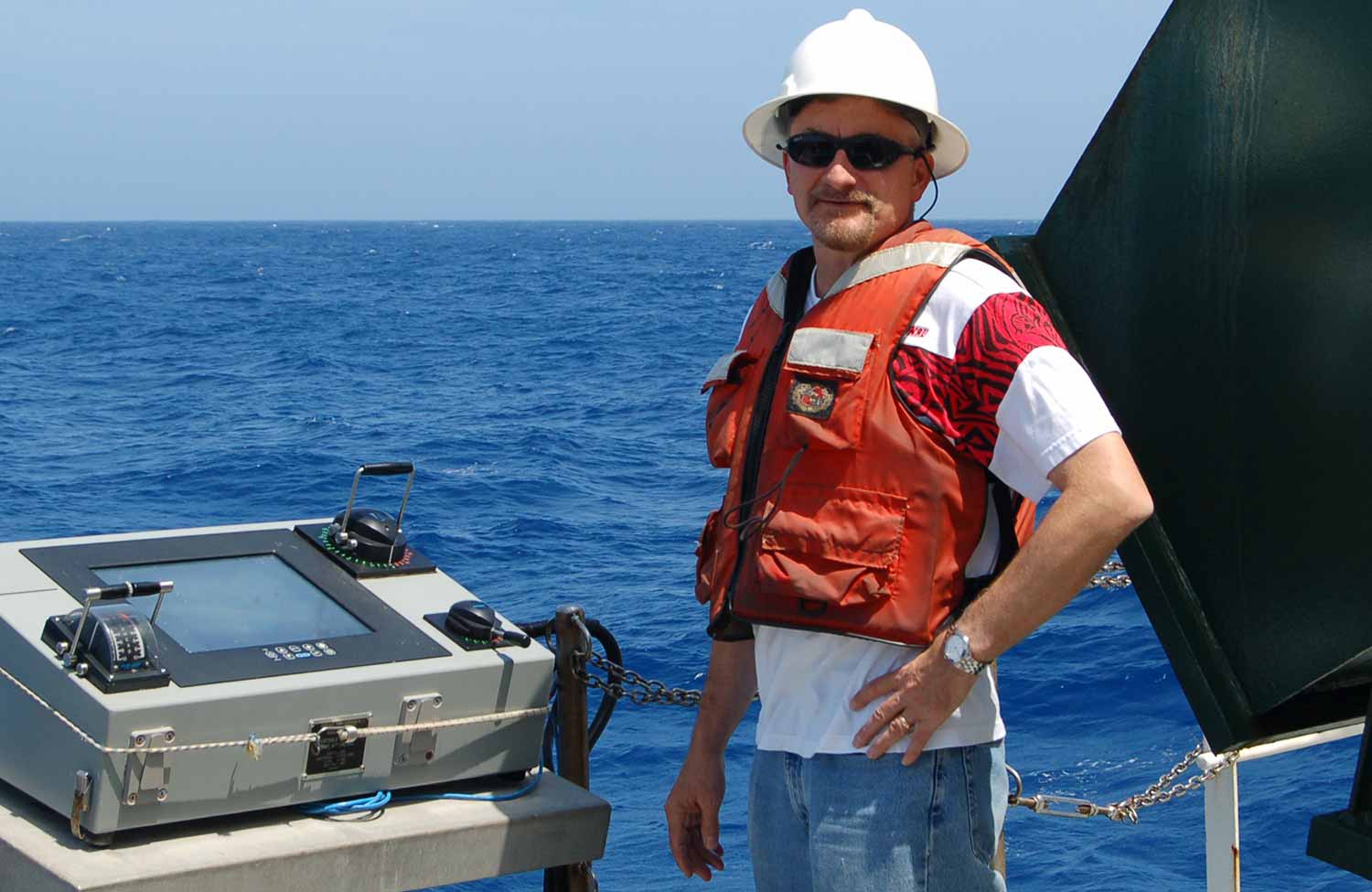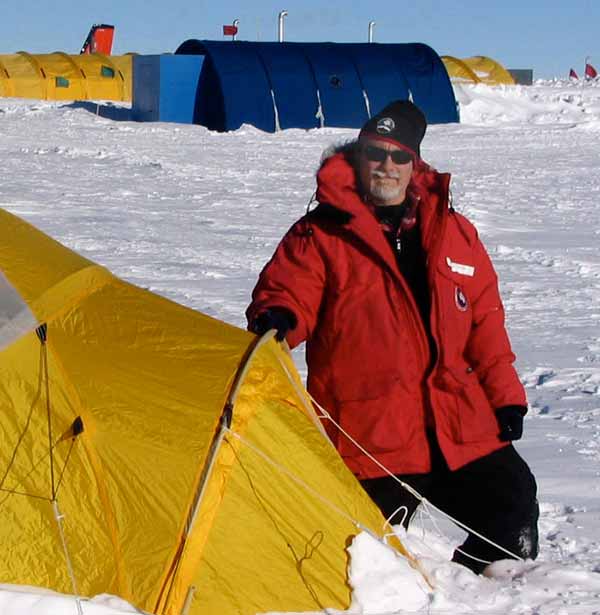
Prominent Seismologist Unlocks Antarctica’s Secrets at Public Lecture
Douglas Wiens of Washington University to give Cody Award lecture on Sept. 30 at Scripps Institution of Oceanography
Published Date
By:
- Mario Aguilera
Share This:
Article Content

Douglas Wiens, a professor of earth and planetary sciences at Washington University in St. Louis.
A seismologist who uses seismic waves to create images of the earth’s interior has been selected to receive the 2014 Robert L. and Bettie P. Cody Award in Ocean Sciences from Scripps Institution of Oceanography at UC San Diego. Douglas Wiens, a professor of earth and planetary sciences at Washington University in St. Louis, will present the Cody Award public lecture on Sept. 30 at 3 p.m. in the Robert Paine Scripps Forum for Science, Society and the Environment (Scripps Seaside Forum), 8610 Kennel Way in La Jolla, Calif.
Admission is free (seating is available on a limited basis) for the lecture, “Antarctic Seismology: Revealing the Secrets of an Ice-covered Continent.”
The biennial Cody Award, which consists of a gold medal and a $10,000 prize, recognizes outstanding scientific achievement in oceanography, marine biology, and earth science. The award was established by an endowment from the late Robert Cody and his wife Bettie, and a substantial contribution from Capital Research & Management Company, in recognition of Mr. Cody’s service to the Los Angeles-based firm. Robert Cody’s affiliation with Scripps Oceanography dates back to his youth and his association with William E. Ritter, his great uncle, the founder and first director of Scripps.

Douglas Wiens will give the Cody Award lecture on Sept. 30.
Wiens images Earth’s interior structure by using seismic waves. He also studies unusual earthquakes, including “ice quakes” recorded in Antarctica and little-known deep earthquakes that can rupture some 400 miles below the earth’s surface.
He has led several ocean-bottom seismograph deployment expeditions in the western Pacific Ocean to image how magma is produced beneath volcano chains and areas where Earth’s tectonic plates spread apart. Wiens also has led research expeditions to Antarctica to deploy seismographs that help reconstruct the geological history of the Antarctic continent and the physics of ice flow through glacial seismic signals.
“Very little is known about the history of Antarctica because the ice sheets limit the usual sampling and mapping, so seismology offers a method to ‘see through the ice’ and understand the continent beneath,” said Wiens. “The technical challenges of operating seismographs at wintertime temperatures as low as 120 degrees Fahrenheit below zero and up to six months of darkness have generally prevented seismological work. But recent advances now allow unattended seismographs to be operated year-round across the continent for the first time.”
Wiens’s lecture will cover recent discoveries made with advanced seismological technologies, including mountain ranges found hidden beneath eastern Antarctic ice and an active volcanic magma system detected beneath the West Antarctic ice sheet.
Wiens has been on the Washington University faculty since 1984. He obtained a Ph.D. in geophysics from Northwestern University in 1985 and a bachelor’s degree in physics from Wheaton College in 1980. He has supervised 13 Ph.D. theses, served on many national science committees, and was chair of the Washington University Department of Earth and Planetary Sciences from 2008 to 2013. He was elected a fellow of the American Geophysical Union in 2007.
Share This:
You May Also Like
Stay in the Know
Keep up with all the latest from UC San Diego. Subscribe to the newsletter today.


